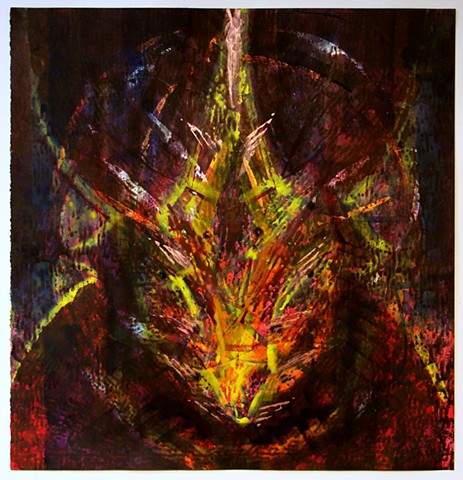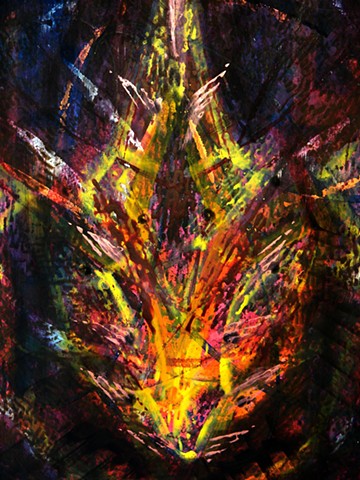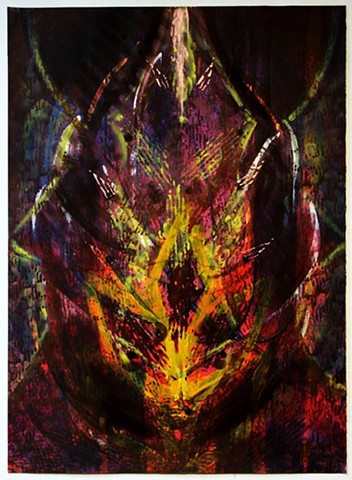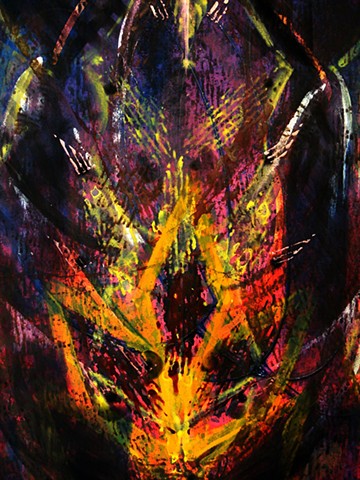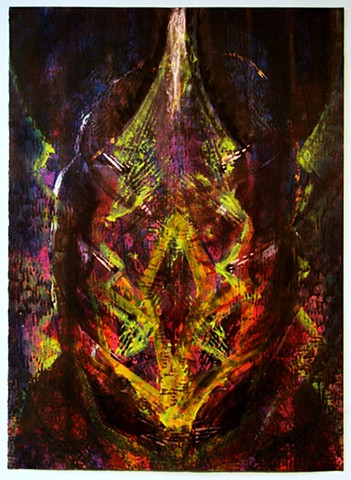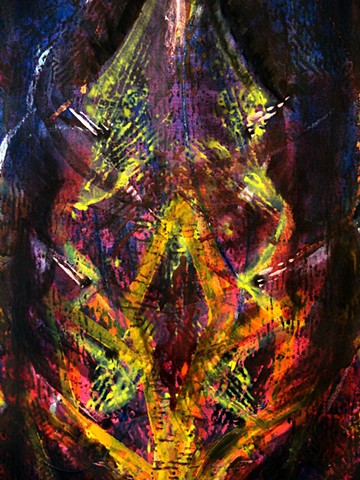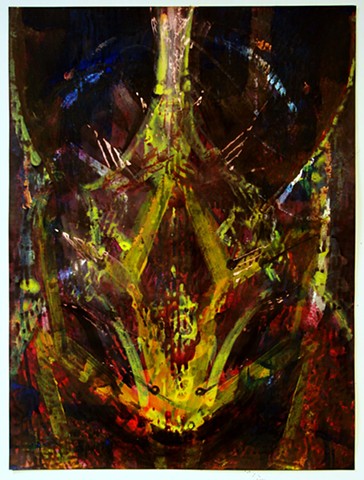A Chrysalis
– meditation on hidden transformation
The following definitions describe a condition within,
or of containment leading to transition:
chrys·a·lis
- a quiescent insect pupae, especially of a butterfly or moth
- the hard outer case enclosing a chrysalis.
- a transitional state.
My meditation on this transitional state coincided with the discovery of the caterpillar of a Black Swallowtail butterfly that had become a pupae suspended from our screen door frame, and with the condition of trying to stay safe in the Covid -19 pandemic environment, sheltering in place at home and here in the studio. An amount of patience has been required during this time waiting out the insect’s hidden transformation during the environment of the pandemic. The time to work on these paintings and the subject matter seemed opportune, and while I didn’t expect an epiphany from working on them, it did seem like an appropriate frame of mind to explore – the patience of transformation.
From the day we are born, we transform physically and, as our consciousness forms during the course of our lives, we constantly expect ourselves to transform mentally as well. This is really no more of a choice for us than birth or death. Instead it becomes the composition of our individuality as humans. The challenges inherent in constantly being susceptible to change can be overwhelming at times, with demands that are relentless. How we prioritize the conditions of our mental transformation is one of the keys to coping and allowing the changes to enhance our lives. Rather than trying to come to terms with everything at once, we use our own physical and mental rhythms to create a series of conditions and schedules that allow us to buffet the forces of transformation and then absorb them into the existing routines and ideas that define us.
Like repairing the clock while it is running, we try to develop a synchronistic thought process that allows us to change along with the ideas, strains, and psychological challenges that are running in our immediate environment. Either as head-on or parallel waves, our changing state is one that almost constantly stimulates or assails us with possibilities to consider. Even dreams challenge our first waking minutes of the day with considerations that suggest adopting the changes that surfaced in the night’s sleep dramas.
The question: “Who are you, now?” is one that we consider daily and the transformations that we encounter are always part of an on-going answer. The suggestion that stasis represents the end of living may be an energizing threat to continue to pursue one’s own transformation. Perhaps the changes and their results are temporarily hidden, even from ourselves, but they are nonetheless critical to us and our ever-evolving self-definition and growth.
Often, meditation is given as an example of thought practiced in a kind of quietude. Creating these paintings and the process of observing the Swallowtail pupae did provide this kind of quietude in their focus. The luminescence of the finished paintings is also an attempt to relate in two-dimensional plastic means the hidden intensity of transformation.
